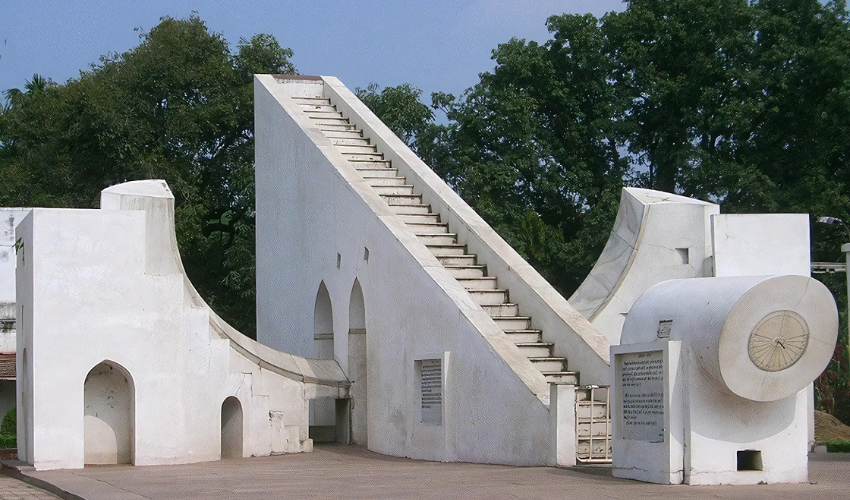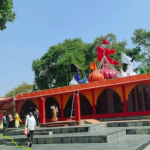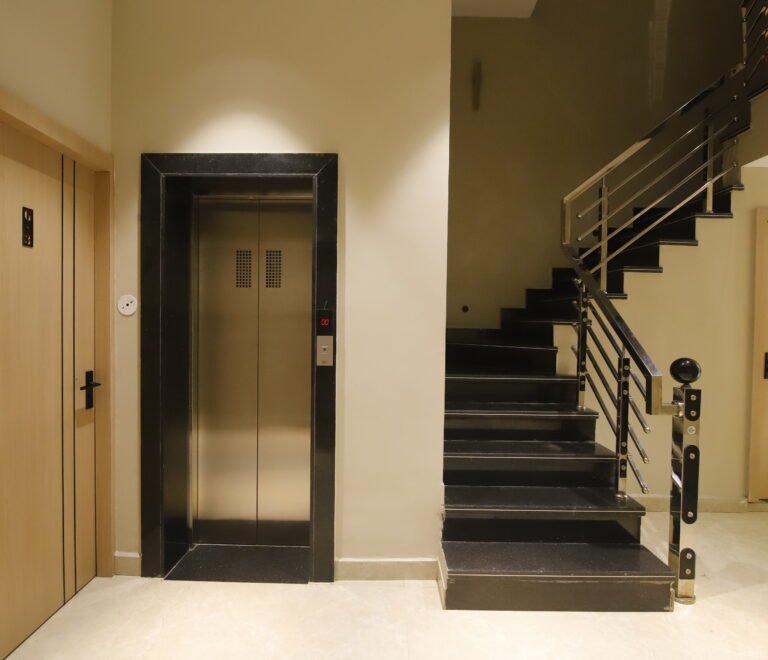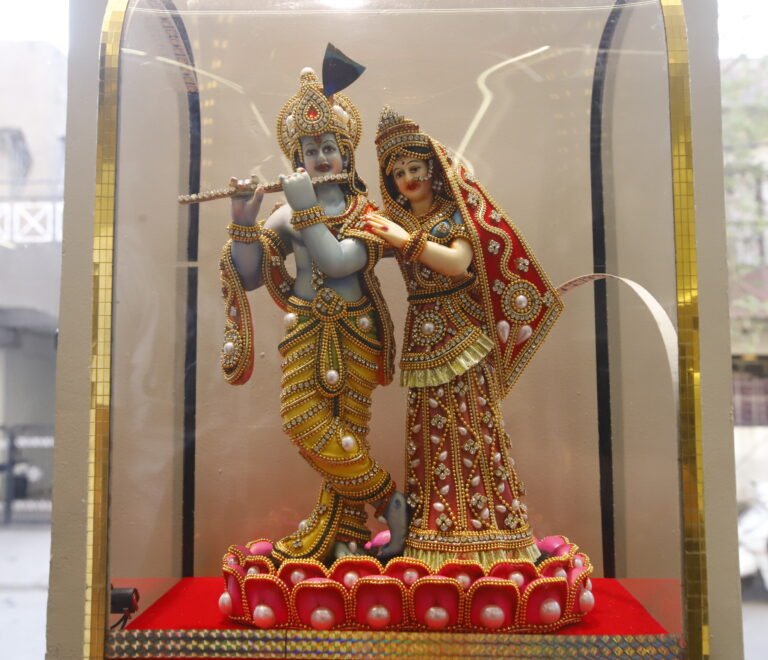Ujjains Jantar Mantar, also known as Vedh Shala, is a brilliant fusion of astronomy, science, and
ancient Indian wisdom. Built in the 18th century by Maharaja Jai Singh II who also constructed
similar observatories in Delhi and Jaipur this site highlights Ujjain’s historic importance as the prime
meridian of ancient India.
The Vedh Shala was used for astronomical observations long before telescopes became
mainstream. It features 13 fascinating instruments designed to measure planetary positions, time,
and celestial events. Tools like the Samrat Yantra and Nadi Valaya Yantra might seem like abstract
sculptures, but they were used with remarkable precision.
What makes Jantar Mantar in Ujjain even more interesting is its link with astrology. The city itself
was once the central hub for astrological calculations in ancient India, and this observatory helped
scholars track the movement of stars and planets to guide rituals and daily life.
Whether youre into stargazing or historical tech, Vedh Shala offers a cosmic perspective on how
science and spirituality once walked hand in hand.












